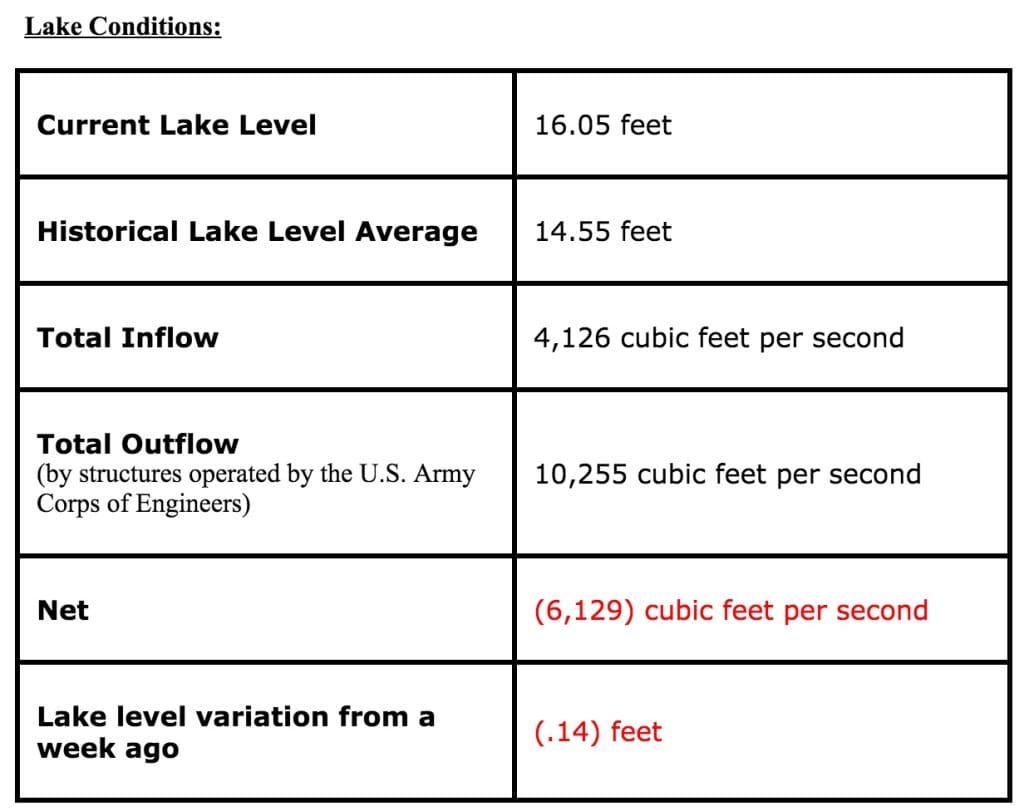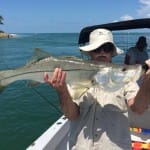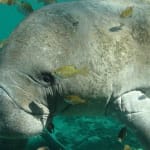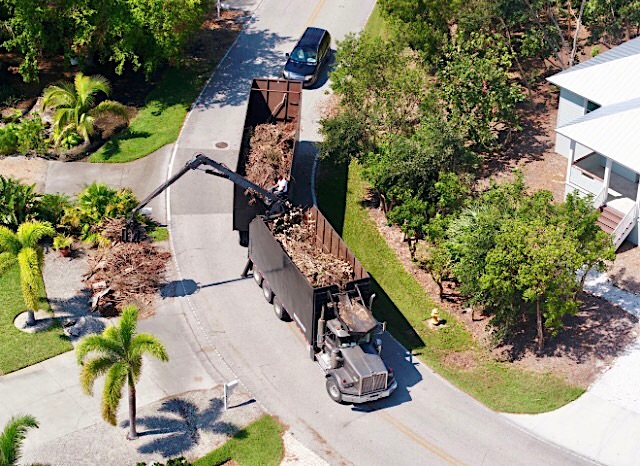
DEP’S Daily Update On Lake Okeechobee, Tuesday, February 23
“Caloosahatchee Salinity Conditions: Salinity (based on optimal conditions for adult oysters) increased and are in the good range at Sanibel and at Shell Point and in the poor range at Cape Coral.
St. Lucie Salinity Conditions: Salinity at the U.S. 1 bridge remains the same and continues to be in the poor range.”
“Rainfall for the current week is forecast to be above average. The forecast is for 0.7 inches of rain tomorrow (average for the week is 0.5 inches). After tomorrow, no rain is forecasted for the next seven days.”
The Department of Environmental Protection issued the following news release.
For Immediate Release: February 23, 2016, 2:23 PM/E
Summary of the State of Florida’s Actions:
- The South Florida Water Management District continues to take additional steps to lower water levels within its regional water management system. Click here for more information.
- Water managers are moving up to 96 million gallons of water per day into the C-4 Emergency Detention Basin in southern Miami-Dade County.
- Also in Miami-Dade County, pump stations are being utilized at the S-25B and S-26 structures to help maximize discharges to tide from the Miami Canal.
- The District is injecting up to 5 million gallons of water per day into the Hillsboro Aquifer Storage and Recovery (ASR) Pilot well in Palm Beach County.
- By raising the L-29 canal level, per an order from the U.S. Army Corps of Engineers and at the request of Governor Rick Scott, the South Florida Water Management District has been able to move approximately 4.01 billion gallons of clean water (water that meets water-quality standards) into the northern portions of Everglades National Park, as of midnight on Feb. 22, 2016.
- On Feb. 15, 2016, the U.S. Army Corps of Engineers agreed to Governor Scott’s request to raise water levels in the L-29 canal in order to move water south through Shark River Slough to ease the effects of flooding in the Everglades.
- The South Florida Water Management District began operation of the
S-333 structure at 5:30 p.m. on Feb. 15, 2016, after the state received an execution order from the U.S. Army Corps of Engineers.
- On Feb. 11, 2016, Governor Rick Scott requested that the U.S. Army Corps of Engineers take immediate action to relieve flooding of the Everglades Water Conservation Areas and the releases of water from Lake Okeechobee to the Caloosahatchee and St. Lucie estuaries. Click here to read the letter.
- The Governor requested that the Corps raise the level of the L-29 canal to
8.5 feet so that substantial volumes of water be moved from Water Conservation Area 3 to Everglades National Park through Shark River Slough.
- The Governor requested that the Corps raise the level of the L-29 canal to
- The Florida Department of Environmental Protection and the Florida Fish and Wildlife Conservation Commission (FWC) issued orders on Feb. 11, 2016, that would allow the U.S. Army Corps of Engineers to move forward with this request. Click here to read the orders.
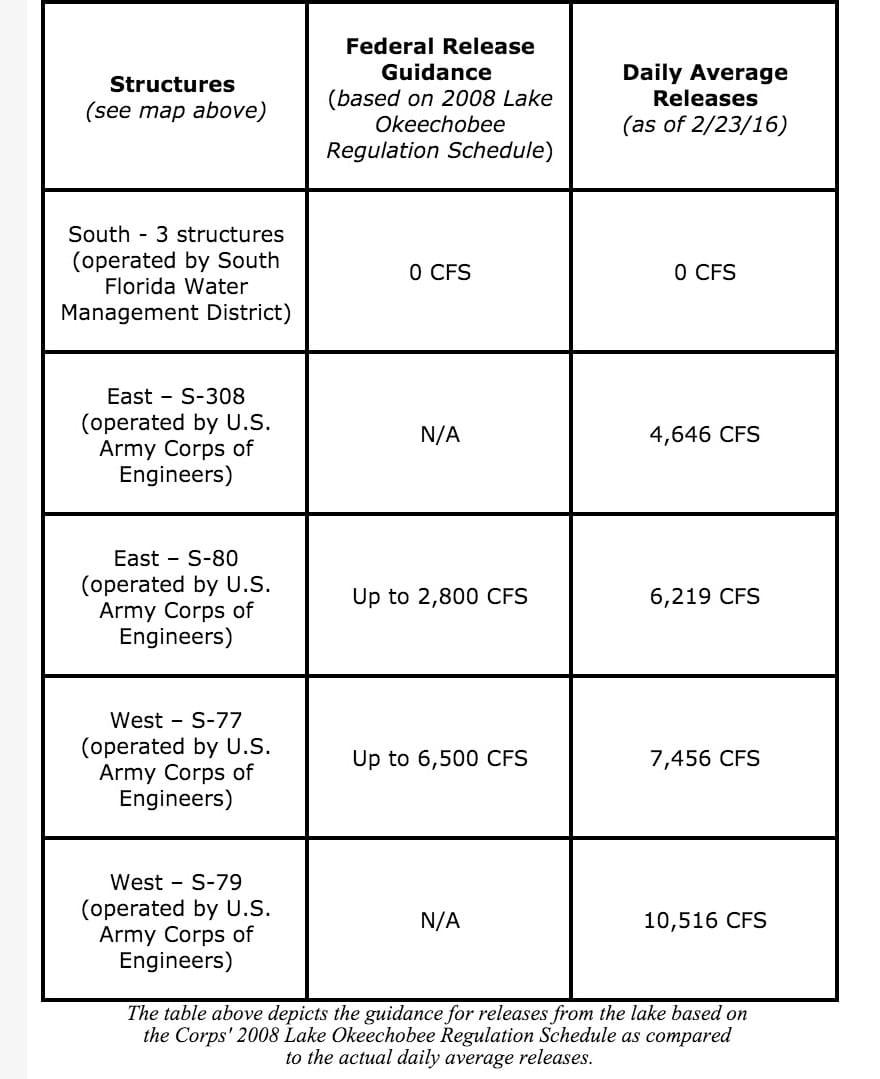
Florida Fish and Wildlife Conservation Commission’s Wildlife Update:
The FWC continues to monitor water levels and the status of wildlife in three Wildlife Management Areas (WMAs) in South Florida within the Everglades ecosystem. The three areas, Everglades and Francis S. Taylor WMA, Holey Land WMA and Rotenberger WMA, encompass 736,881 acres. These WMAs provide important habitat for a diversity of imperiled wildlife species, including the Everglades snail kite, Everglades mink, little blue heron, tri-colored heron, snowy egret, white ibis, wood stork and limpkin, as well as native and abundant species like American alligators, white-tailed deer and marsh rabbits.
- FWC’s monitoring efforts include periodic wildlife and habitat surveys. FWC staff continue to watch water gauges to monitor high water levels and the impacts and stresses they may be having on areas like the Everglades tree islands, which are critical to the survival of Florida wildlife species. High water levels can seriously impact nesting and feeding activities of our native birds and make large and small mammals much more vulnerable to disease, starvation and predation. The condition of habitat on tree islands is an important indicator for the level of stress being experienced by wildlife.
- As of Feb. 22, water levels within the three WMAs listed above have continued to remain above or near FWC criteria for special regulations that limit public access. Overall, water levels increased slightly over the past week.
Everglades WMA:
- Water level as of Feb. 22 at WCA 3A North in Broward County = 12.06 feet
- High water closure criteria = 11.60 feet
- Ascension rate for the last week = 0.04 feet
- Average ascension rate for the last 3 weeks = 0.05 feet/week
Rotenberger WMA:
- Water level as of Feb. 22 = 13.24 feet
- High water closure criteria = 13.50 feet
- Ascension rate for the last week = 0.02 feet
- Average recession rate for the last 3 weeks = (0.11) feet/week
Holey Land WMA:
- Water level as of Feb. 22 = 12.46 feet
- High water closure criteria = 12.50 feet
- Ascension rate for the last week = 0.03 feet
- Average recession rate for the last 3 weeks = (0.01) feet/week
Wildlife surveys conducted on WMA levees and tree islands, the only remaining high ground in the WMAs, during the week of Feb. 15 suggest increased use by wildlife. As a result, the remaining high ground is showing increased signs of degradation. As long as water levels remain high, conditions of upland areas as well as the wildlife dependent on them will continue to be impacted.
Salinity Conditions:
Caloosahatchee Salinity Conditions: Salinity (based on optimal conditions for adult oysters) increased and are in the good range at Sanibel and at Shell Point and in the poor range at Cape Coral.
St. Lucie Salinity Conditions: Salinity at the U.S. 1 bridge remains the same and continues to be in the poor range.
Rainfall Information:
In January 2016, South Florida experienced the wettest January on record since record keeping began in 1932. Over the past three days, there has been no rainfall over the region.
South Florida Water Management District’s Rainfall Forecast:
Rainfall for the current week is forecast to be above average. The forecast is for 0.7 inches of rain tomorrow (average for the week is 0.5 inches). After tomorrow, no rain is forecasted for the next seven days.

